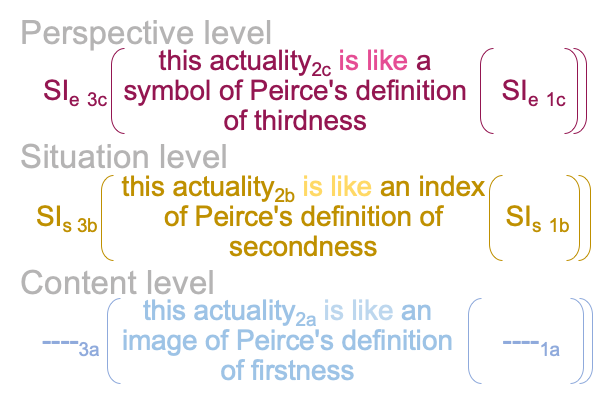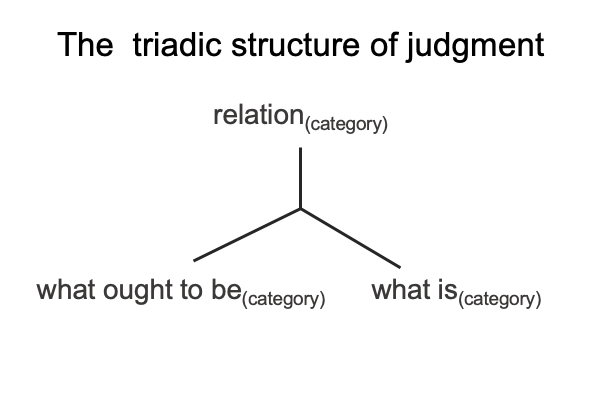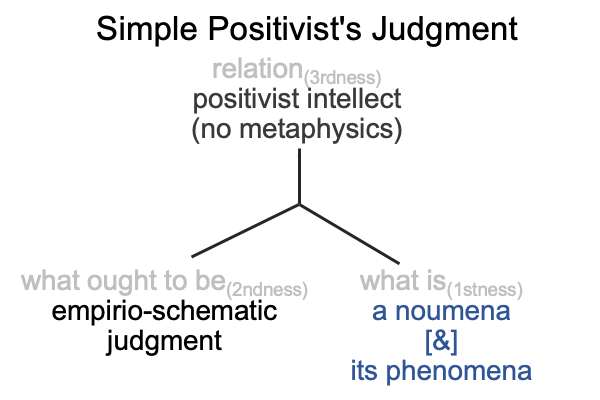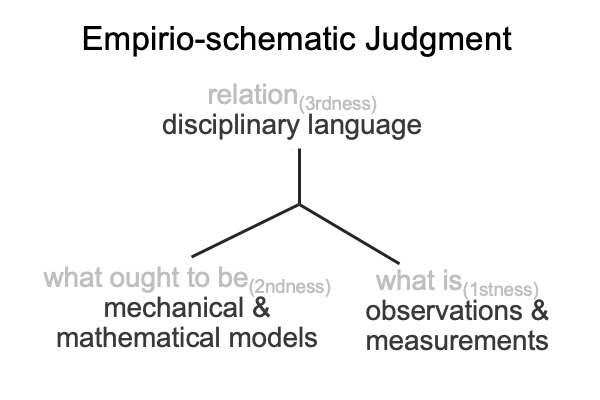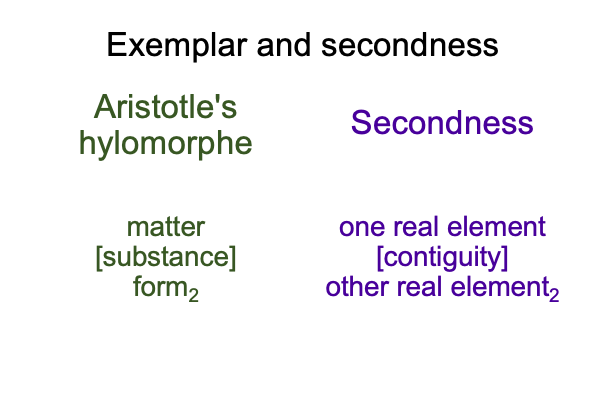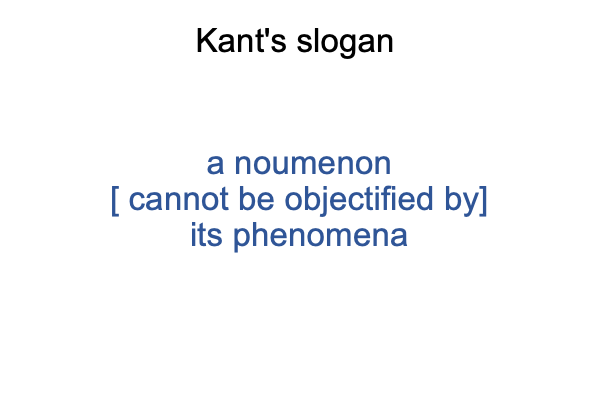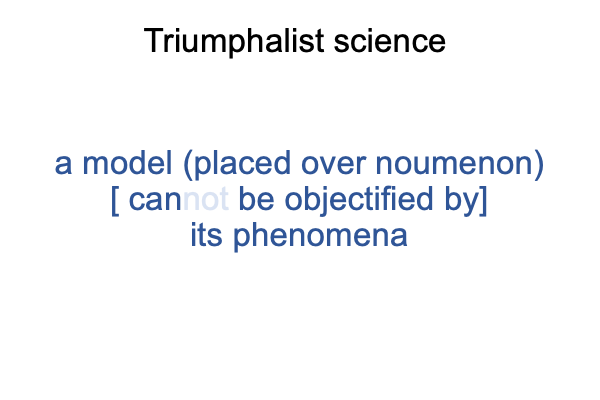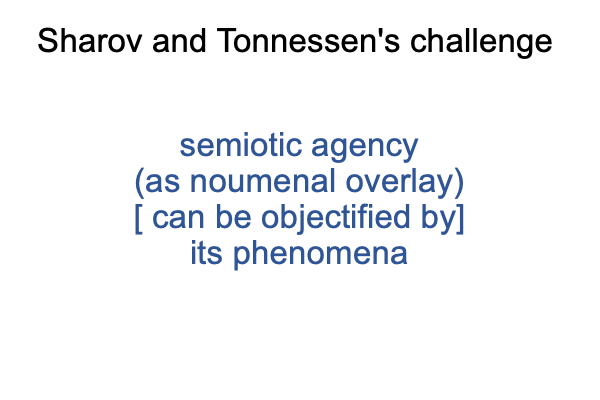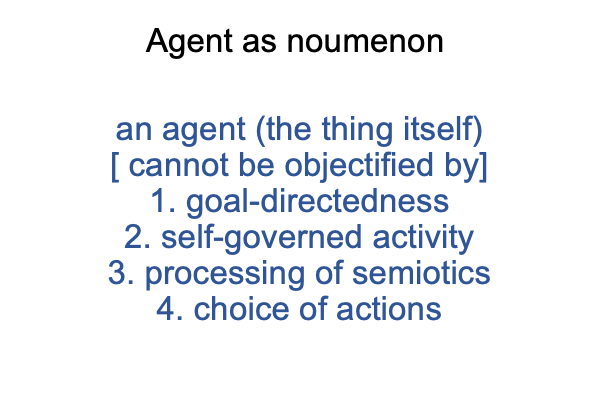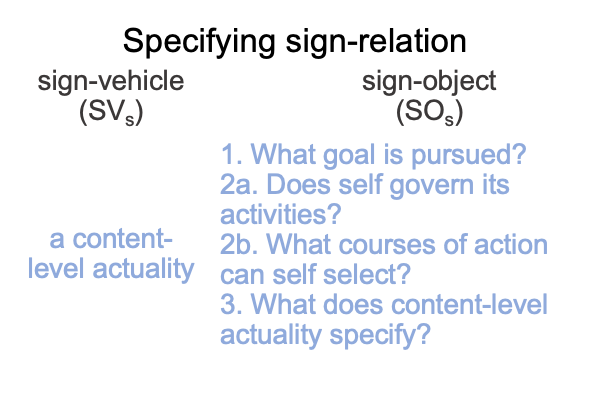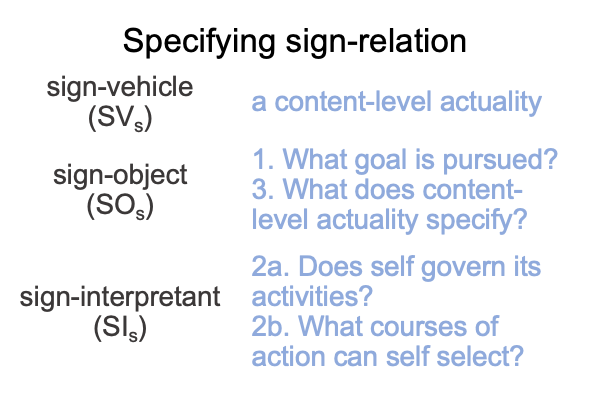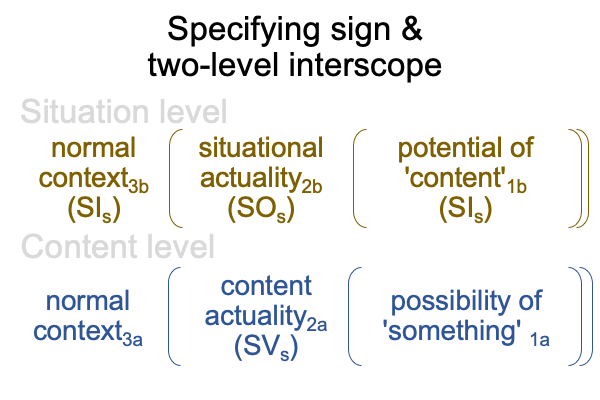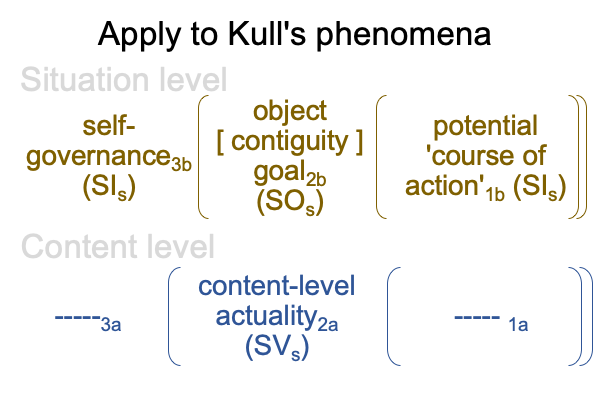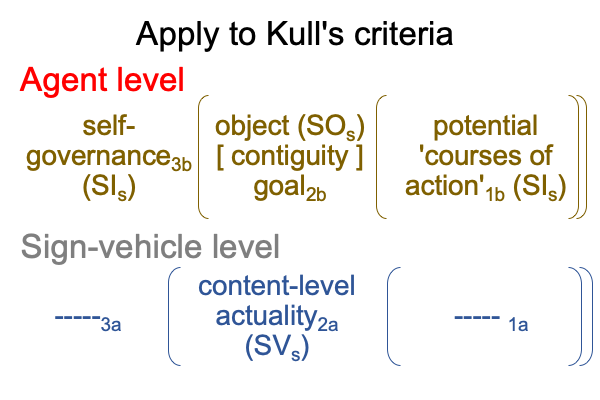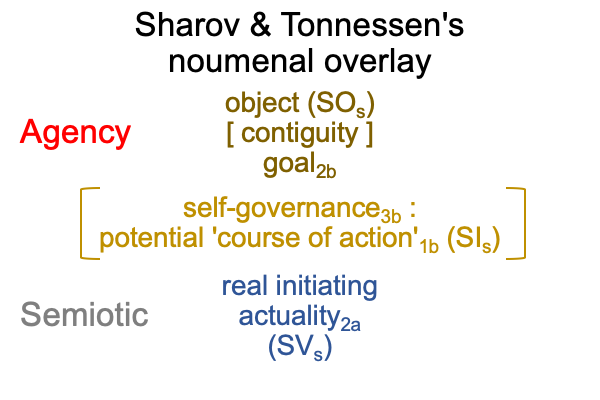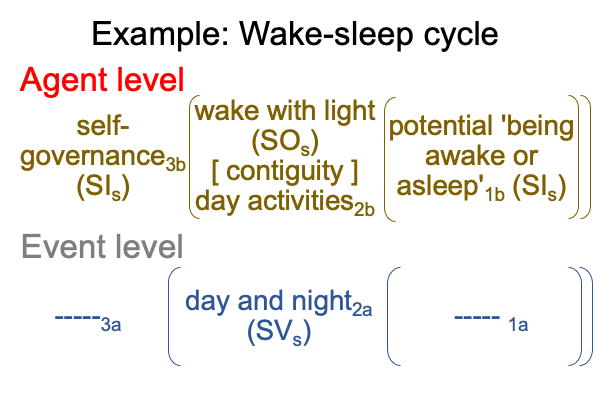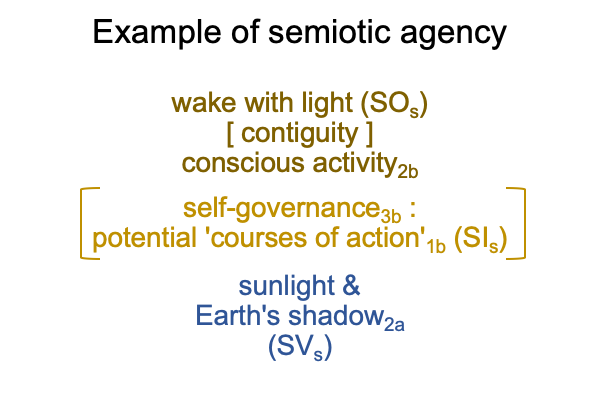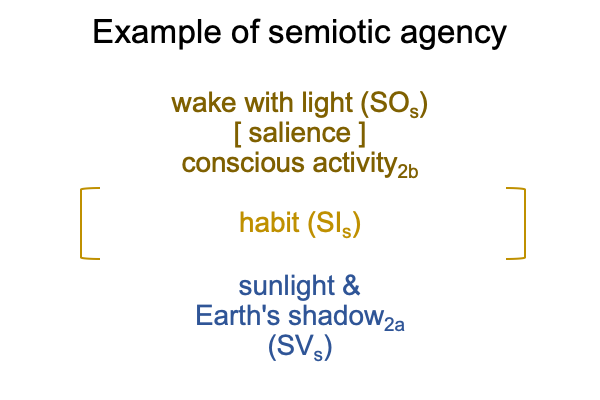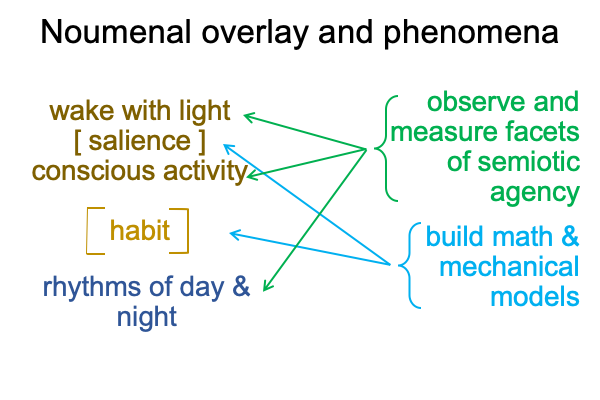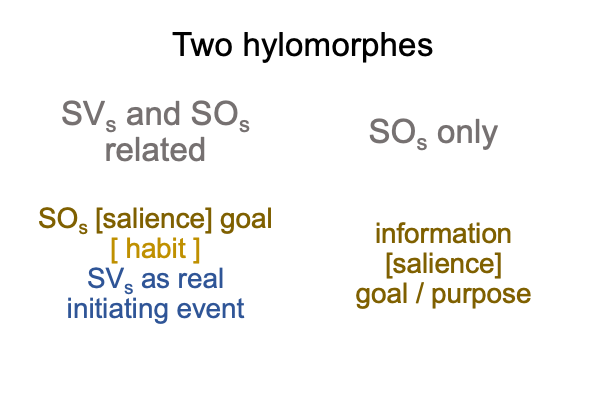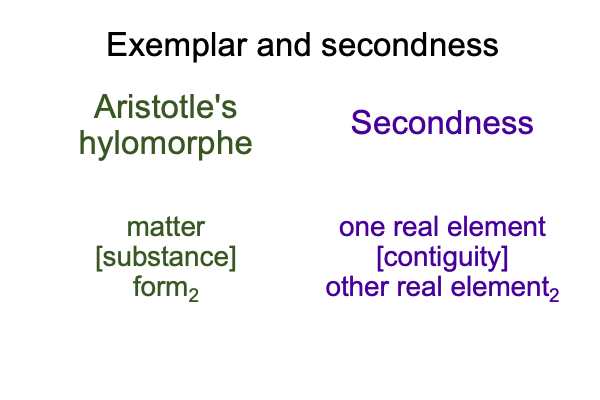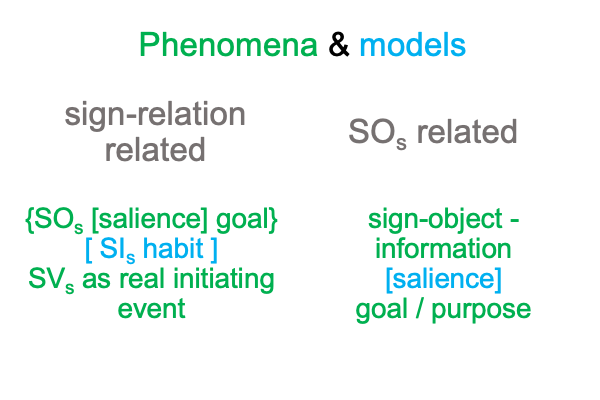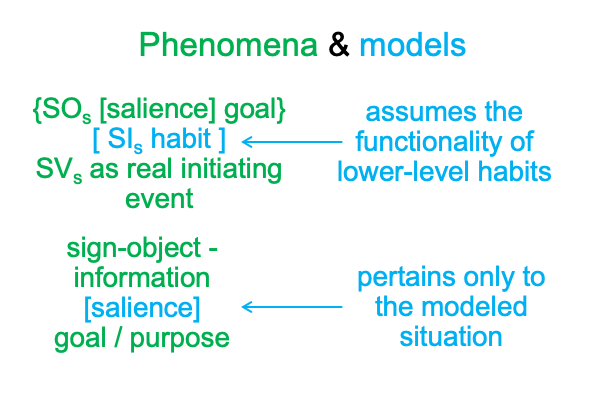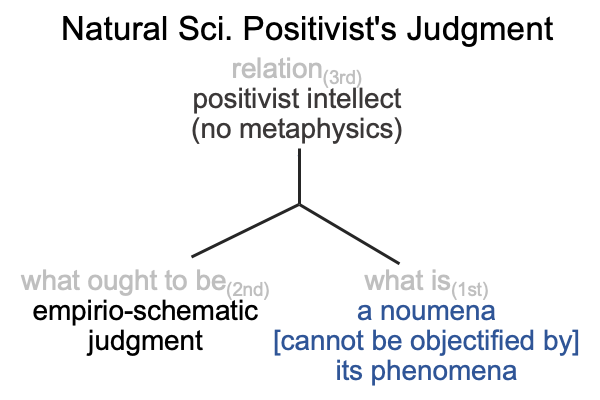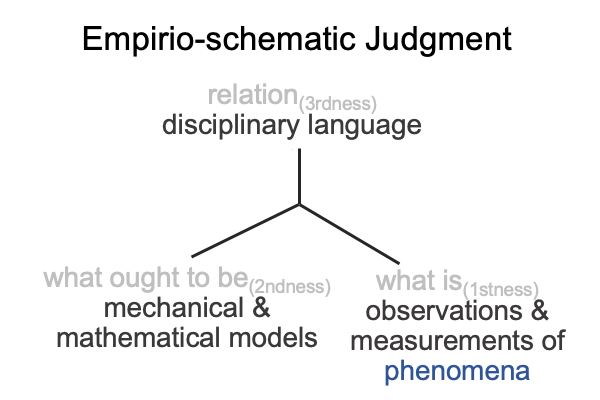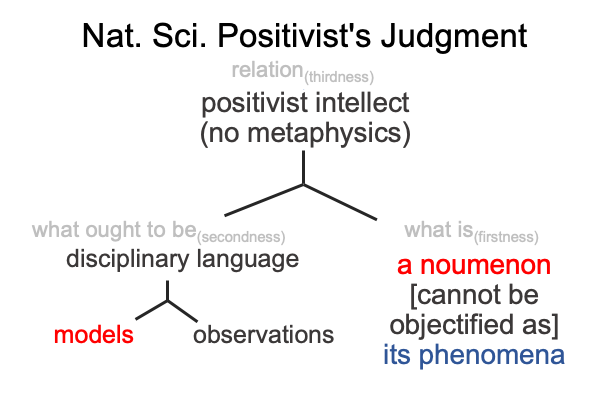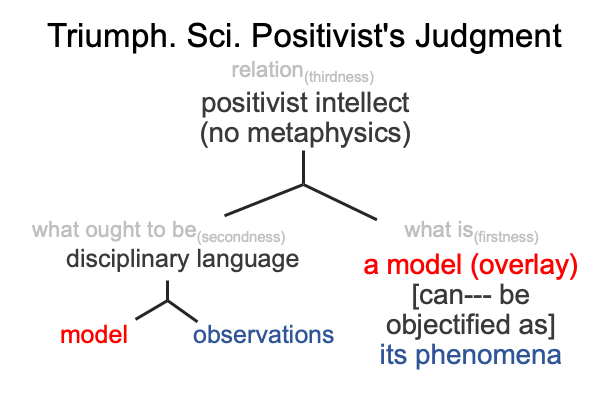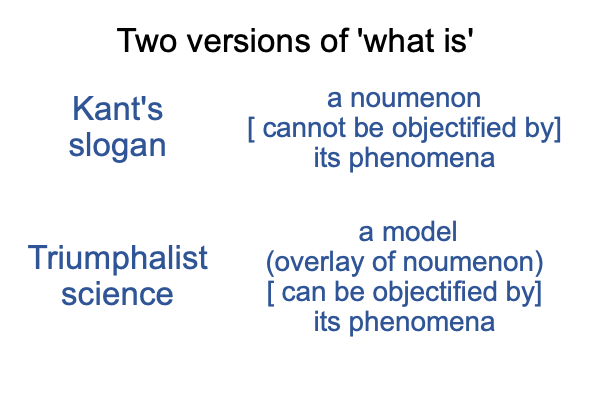Looking at Gustavo Caetano-Anolles’ Chapter (2024) “Evolution of Biomolecular Communication” (Part 9 of 10)
0382 Does Shannon’s information theory offer a metaphor for biosemiotics?
And, how weird and disturbing would that analogy be?
0383 Consider the hypothetical that exemplifies the author’s biphasic depiction of evolutionary growth.
Here is a picture.
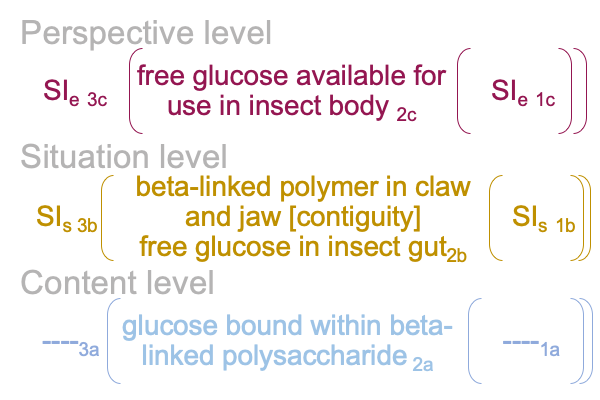
0384 According to Shannon’s information theory, I should focus on the virtual nested form in the realm of actuality.
The perspective-level actuality2c of free glucose to the insect’s body2c virtually brings the situation-level actuality2b of the functionality of the claw and jaw combination achieved by bacteria in the insect’s gut2b into relation with the potential of the content-level actuality2a of glucose bound within the cellulose that the insect has eaten2a.
0385 My exterminator says that he recommends a new product.
Apparently, investigators at the Molecular Biology Department at the University of Slidell, in Louisiana, hatched a scheme for treating lumber with dilute concentrations of hydrofluoric acid. They patented the process.
0386 Apparently, the fluoride replaces a hydroxy group on the beta-linked polysaccharides of wood, here and there. The fluoride causes the claw part of the jaw and claw to not let go. Apparently, one fluoride on one beta-linked polysaccharide can gum up the operations of a whole bacteria and the bacteria dies, which is no big deal, until the wood-eating insect’s gut digests the bacteria and frees that one fluoride-labeled beta-linked polysaccharide back into the gut, for another bacteria to pick up to digest.
In short, bacteria-killing fluoride-labeled beta-linked polysaccharides start to build up in the wood-eating insect’s gut and the insect gets less glucose, even as it continues to eat the treated wood. This is no good. So, the wood-eating insects move on.
Yes, the treated wood2a transmits a message into a channel within the wood-eating insect’s gut2b so the insect itself receives a signal to move on2c.
0387 What a sales pitch. The explanation offers a specific mechanism for deterring wood-eating insects. Plus, it fits a budget.
The economy of the exterminator’s proposal, along with the promised robustness of treatment and flexibility in application, convinced my neighbor to use the processed wood for his new shed, which replaces his old, well-infested, one.
I suspect that my neighbor secretly hopes that the wood-eating insects simply move over to my lot. It is as if my neighbor2a transmits a message into a channel consisting of a trail of wood-eating insects to my untreated wood shed2bthat signals to me that I better build a new shed with treated lumber2c.

